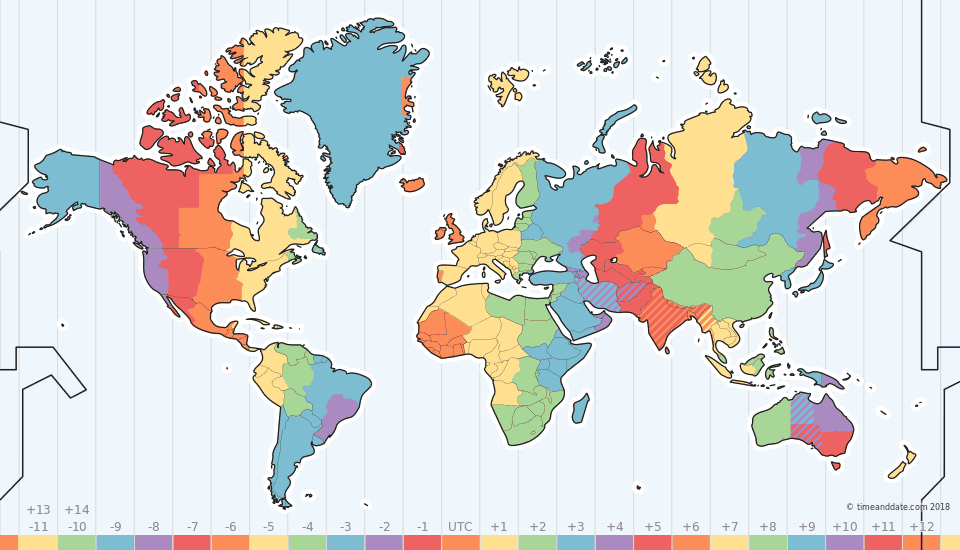If you want to manage time zones in your web applications, the Google Maps Time Zone API in JavaScript is an excellent tool. It provides accurate time zone data for any location on Earth. In this article we’ll explore the uses of the Google Maps Time Zone API in JavaScript, demonstrating how to leverage it for various applications.
Introduction to Google Maps Time Zone API
The Google Maps Time Zone API allows developers to get the time zone information for any location based on latitude and longitude. It returns the time zone identifier, such as “America/Los Angeles,” the name of the time zone, and the offset from UTC. This is incredibly useful for applications that need to display local times for different locations.

Retrieving Time Zone Information
Getting the time zone for a specific location is straightforward with the Google Maps Time Zone API. You need to request the location’s latitude and longitude, and the API will return the time zone details. This helps in converting timestamps to the local time of that location, ensuring accurate time display.
Handling Daylight Saving Time
The API also handles Daylight Saving Time (DST) changes. It provides information about whether DST is currently in effect and what the offset is. This is crucial for applications that need to adjust times based on seasonal changes automatically.
Displaying Local Time
One of the primary uses of the Google Maps Time Zone API in JavaScript is to display local time for different locations. By retrieving the time zone information and applying it to a timestamp, you can show users the correct local time for any location worldwide. This is useful for travel websites, event planning, and scheduling applications.
Time Zone Conversion
Time zone conversion is another valuable feature. With the time zone data, you can convert times from one time zone to another. This is particularly helpful for applications that deal with international clients, meetings, or events, ensuring everyone is on the same page regarding timing.
Scheduling Applications
In scheduling applications, the Google Maps Time Zone API can automatically adjust meeting times based on participants’ locations.
Travel and Booking Applications
Travel and booking applications benefit greatly from the Google Maps Time Zone. These applications can show travellers the local time of their destination, helping them plan their trips better. It also assists in displaying flight times and durations in local time zones, making travel planning more straightforward.
Event Planning
For event planning, knowing the local time zones of different locations is crucial. The API can help event organizers schedule events at the best possible times for attendees from various regions. This ensures maximum participation and avoids confusion about event timings.
Tracking Systems
Tracking systems, such as delivery or logistics applications, can use the Maps Time Zone to provide accurate time estimates. By considering the time zones of different locations, these systems can offer more precise delivery or arrival times, improving customer satisfaction.
User Experience Enhancement
Enhancing user experience is another significant use of the Maps Time Zone. Applications can provide more personalized experiences by displaying times in the user’s local time zone. This makes the application more intuitive and user-friendly.
Real-Time Communication
In real-time communication applications, such as chat or video call platforms, the API ensures that message timestamps are accurate for all participants. This avoids confusion and improves the overall communication experience.
Weather Applications
Weather applications can also benefit from the Maps Time Zone. By displaying weather forecasts in the local time zone, users can better understand when to expect changes in the weather, making the information more relevant and actionable.
Financial Applications
Financial applications often deal with transactions across different time zones. The API helps in converting transaction times to the local time zones, ensuring accurate record-keeping and compliance with local regulations.
Education and Training Platforms
Education and training platforms can schedule courses, webinars, or exams considering the time zones of international students. This ensures that the timings are convenient for everyone, enhancing participation and engagement.
Gaming Applications
In gaming applications, especially those involving players from around the world, the API helps in coordinating game times, tournaments, or events. This ensures all players are aware of the correct times, avoiding any confusion.
Conclusion
In conclusion, the Google Maps Time Zone API in JavaScript is a versatile tool that can significantly enhance various applications by providing accurate time zone information. From displaying local times and handling daylight saving changes to improving scheduling and user experience, this API is essential for any application dealing with time zones. By leveraging the Google Maps Time Zone API, developers can create more dynamic, user-friendly, and accurate applications.











